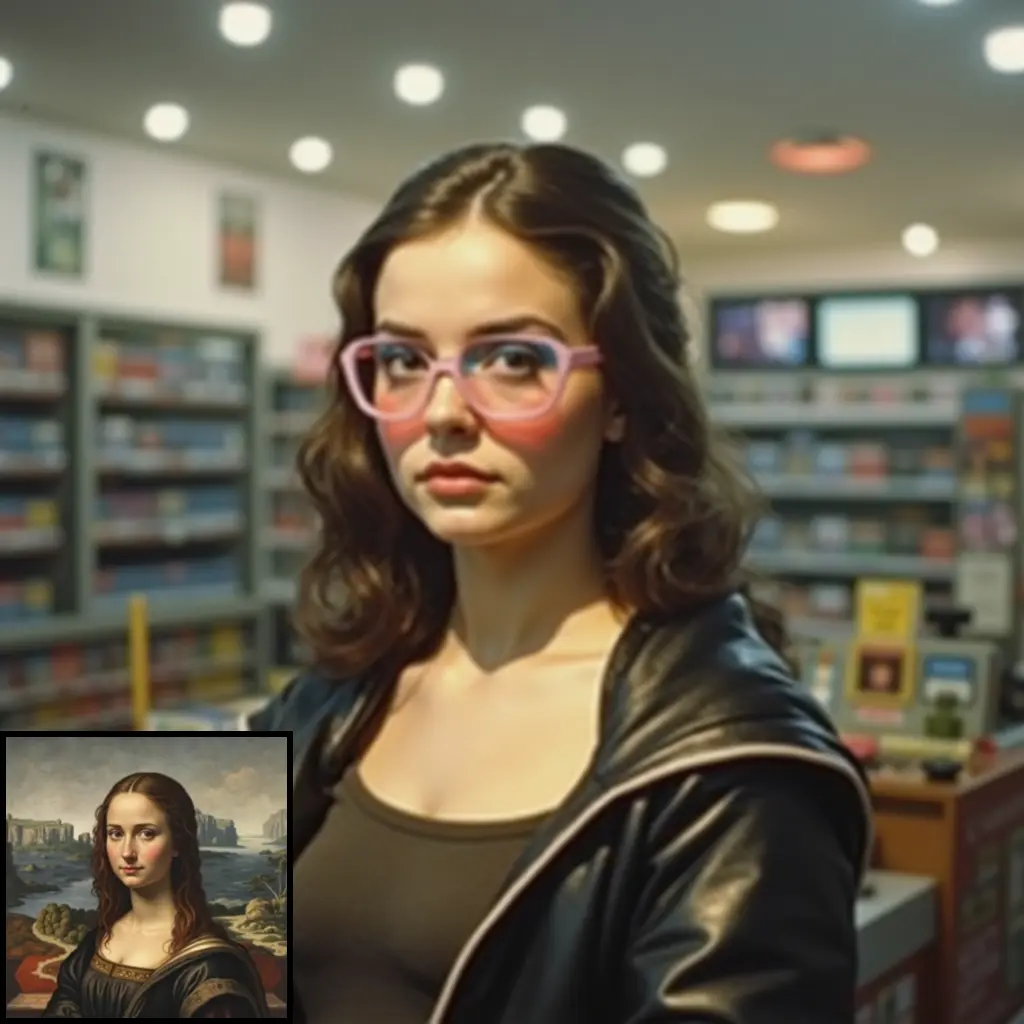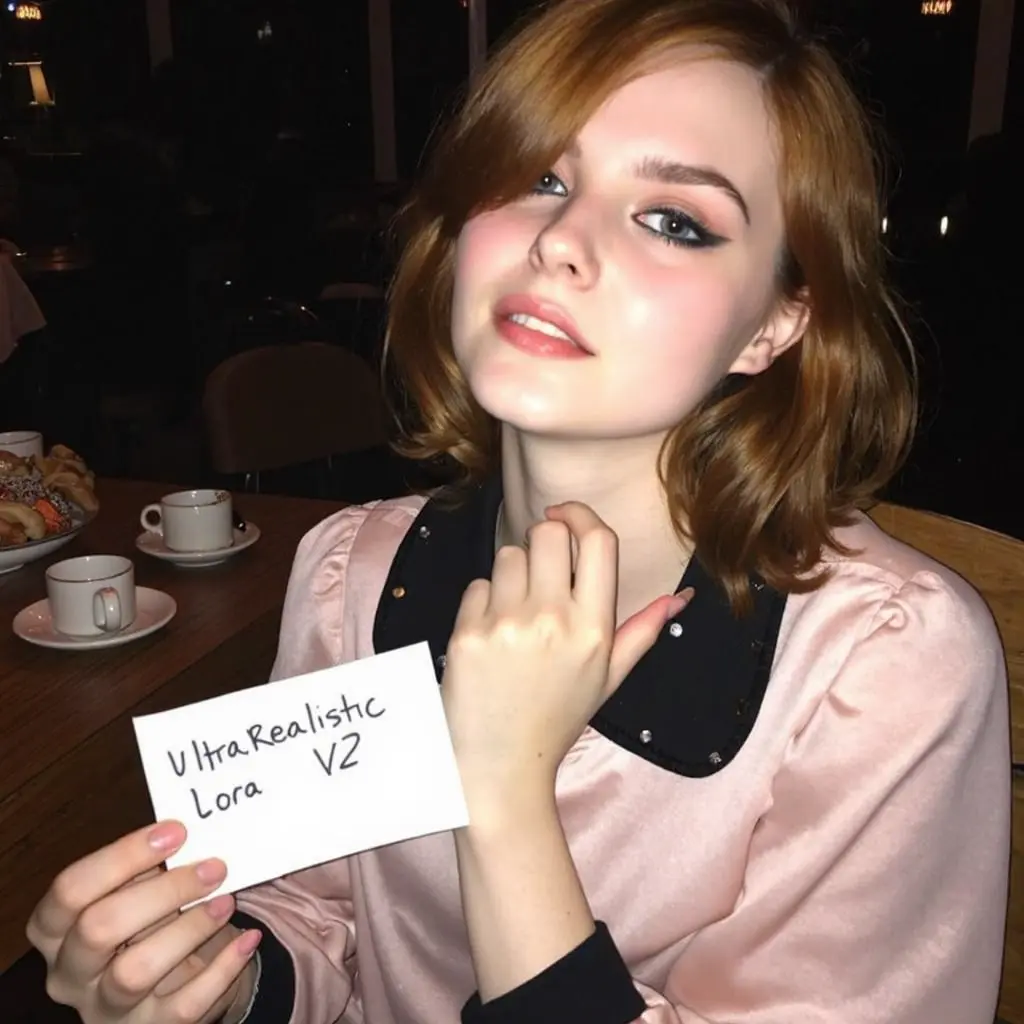ComfyUI Node: PatchModelAddDownscale (Kohya Deep Shrink)
PatchModelAddDownscale
Category_for_testing
ComfyAnonymous (Account age: 833days) Extension
ComfyUI Latest Updated
2025-04-05 Github Stars
73.39K
- Description
- PatchModelAddDownscale (Kohya Deep Shrink):
- PatchModelAddDownscale (Kohya Deep Shrink) Input Parameters:
- PatchModelAddDownscale (Kohya Deep Shrink) Output Parameters:
- PatchModelAddDownscale (Kohya Deep Shrink) Usage Tips:
- PatchModelAddDownscale (Kohya Deep Shrink) Common Errors and Solutions:
- Related Nodes
How to Install ComfyUI
Install this extension via the ComfyUI Manager by searching for ComfyUI- 1. Click the Manager button in the main menu
- 2. Select Custom Nodes Manager button
- 3. Enter ComfyUI in the search bar
Visit ComfyUI Online for ready-to-use ComfyUI environment
- Free trial available
- 16GB VRAM to 80GB VRAM GPU machines
- 400+ preloaded models/nodes
- Freedom to upload custom models/nodes
- 200+ ready-to-run workflows
- 100% private workspace with up to 200GB storage
- Dedicated Support
PatchModelAddDownscale (Kohya Deep Shrink) Description
Modify model with downscaling and upscaling operations on specific blocks for AI artists to control resolution and optimize performance.
PatchModelAddDownscale (Kohya Deep Shrink):
The PatchModelAddDownscale node, also known as "PatchModelAddDownscale (Kohya Deep Shrink)," is designed to modify a model by applying downscaling and subsequent upscaling operations to specific blocks within the model. This node is particularly useful for AI artists who want to manipulate the resolution of intermediate features within a model, allowing for more control over the model's behavior and potentially improving performance or visual quality. By specifying parameters such as the block number, downscale factor, and the range of operation, you can fine-tune how and when the downscaling occurs. This node provides a flexible way to experiment with different downscaling and upscaling methods, making it a valuable tool for optimizing models for various tasks.
PatchModelAddDownscale (Kohya Deep Shrink) Input Parameters:
model
This parameter represents the model to which the downscaling and upscaling patches will be applied. It is a required input and should be a valid model object that you wish to modify.
block_number
This integer parameter specifies the block number within the model where the downscaling operation will be applied. The default value is 3, with a minimum of 1 and a maximum of 32. Adjusting this parameter allows you to target specific layers of the model for downscaling.
downscale_factor
This float parameter determines the factor by which the selected block will be downscaled. The default value is 2.0, with a minimum of 0.1 and a maximum of 9.0. A higher downscale factor will reduce the resolution more significantly.
start_percent
This float parameter defines the starting point of the downscaling operation as a percentage of the model's processing. The default value is 0.0, with a range from 0.0 to 1.0. This allows you to control when the downscaling begins during the model's execution.
end_percent
This float parameter sets the ending point of the downscaling operation as a percentage of the model's processing. The default value is 0.35, with a range from 0.0 to 1.0. This parameter helps you define the duration of the downscaling effect.
downscale_after_skip
This boolean parameter indicates whether the downscaling should occur after a skip connection within the model. The default value is True. Setting this parameter helps you control the exact point of downscaling in relation to skip connections.
downscale_method
This parameter specifies the method used for downscaling. Available options are "bicubic," "nearest-exact," "bilinear," "area," and "bislerp." Choosing the appropriate method can affect the quality and performance of the downscaling operation.
upscale_method
This parameter defines the method used for upscaling after the downscaling operation. Available options are "bicubic," "nearest-exact," "bilinear," "area," and "bislerp." Selecting the right method ensures that the upscaled features match the desired quality and resolution.
PatchModelAddDownscale (Kohya Deep Shrink) Output Parameters:
model
The output is the modified model with the applied downscaling and upscaling patches. This model can then be used for further processing or evaluation, incorporating the changes specified by the input parameters.
PatchModelAddDownscale (Kohya Deep Shrink) Usage Tips:
- Experiment with different
downscale_factorvalues to find the optimal balance between performance and visual quality. - Use the
start_percentandend_percentparameters to fine-tune the timing of the downscaling operation within the model's execution. - Select appropriate
downscale_methodandupscale_methodoptions based on the specific requirements of your task, as different methods can produce varying results.
PatchModelAddDownscale (Kohya Deep Shrink) Common Errors and Solutions:
"Invalid block number"
- Explanation: The specified block number is outside the valid range.
- Solution: Ensure that the
block_numberparameter is set between 1 and 32.
"Downscale factor out of range"
- Explanation: The
downscale_factorvalue is not within the allowed range. - Solution: Adjust the
downscale_factorto be between 0.1 and 9.0.
"Invalid start or end percent"
- Explanation: The
start_percentorend_percentvalues are not within the range of 0.0 to 1.0. - Solution: Set the
start_percentandend_percentparameters to values within the 0.0 to 1.0 range.
"Unsupported downscale or upscale method"
- Explanation: The specified method for downscaling or upscaling is not recognized.
- Solution: Choose from the available methods: "bicubic," "nearest-exact," "bilinear," "area," or "bislerp."
PatchModelAddDownscale (Kohya Deep Shrink) Related Nodes
- Description
- PatchModelAddDownscale (Kohya Deep Shrink):
- PatchModelAddDownscale (Kohya Deep Shrink) Input Parameters:
- PatchModelAddDownscale (Kohya Deep Shrink) Output Parameters:
- PatchModelAddDownscale (Kohya Deep Shrink) Usage Tips:
- PatchModelAddDownscale (Kohya Deep Shrink) Common Errors and Solutions:
- Related Nodes
RunComfy is the premier ComfyUI platform, offering ComfyUI online environment and services, along with ComfyUI workflows featuring stunning visuals. RunComfy also provides AI Playground, enabling artists to harness the latest AI tools to create incredible art.




